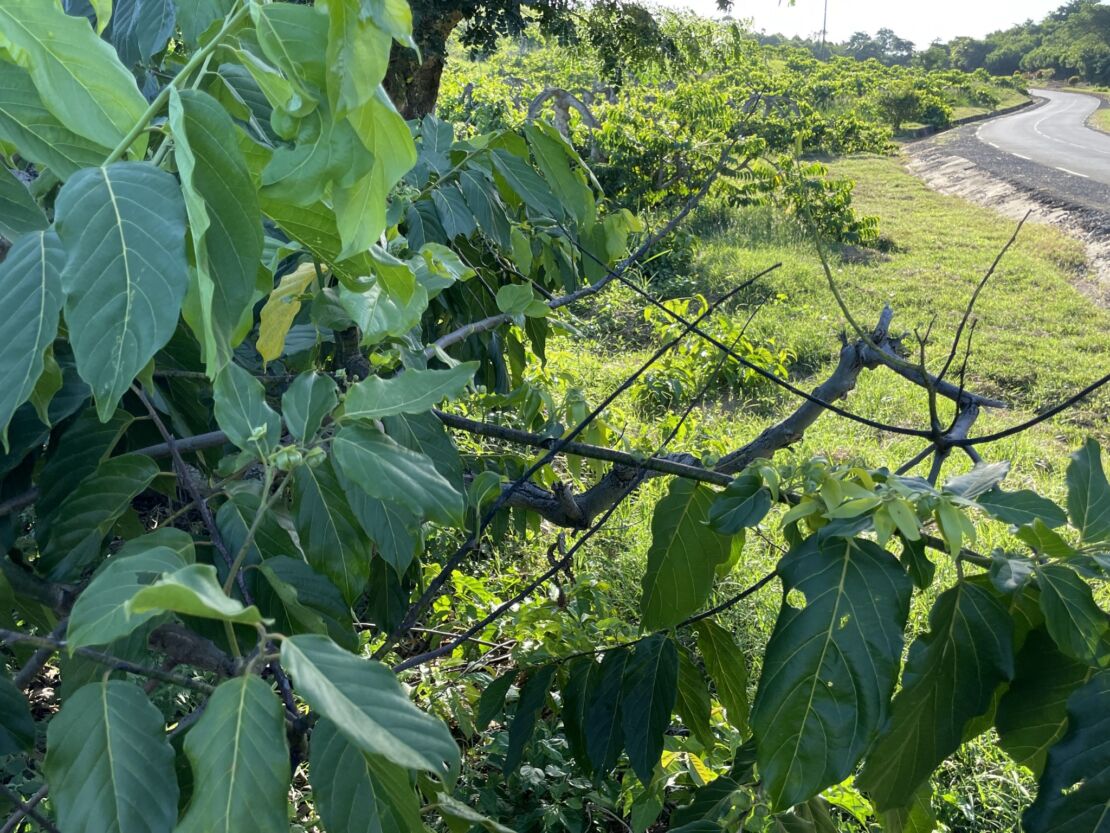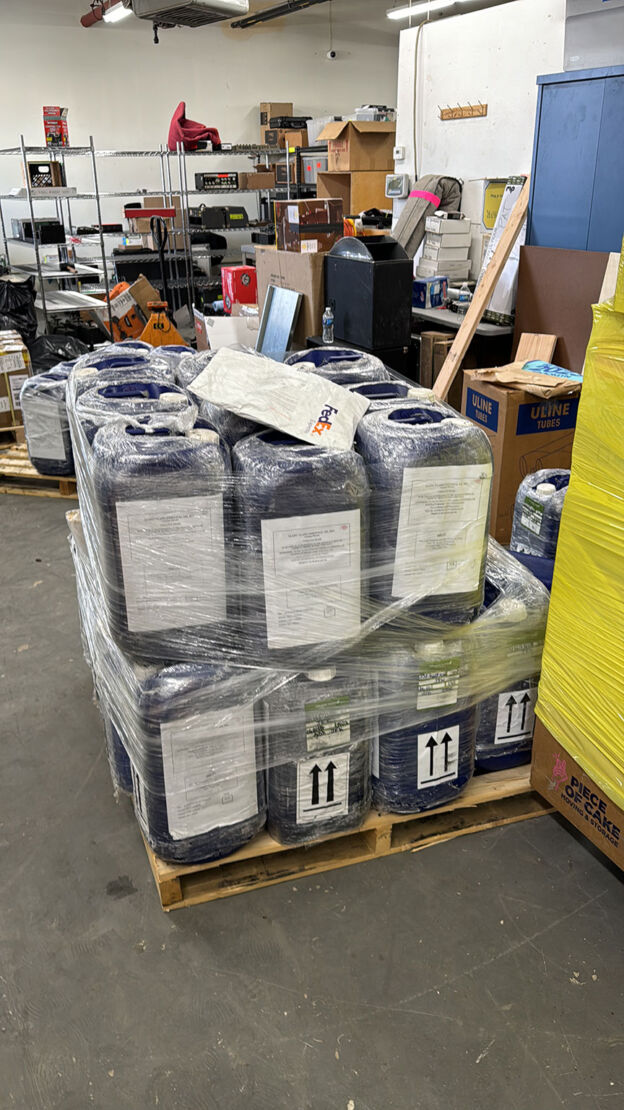Need a Lot of Ylang, or a Flavor and Fragrance Bomb?

One of the rarer products of Madagascar called “the yellow gold of the island,” the ylang ylang is a plant cultivated most of the time on the island in the north-west of Madagascar. It is grown to extract its oil by distillation, mainly used in perfumeries for its extravagant, powerful and elusive scent. In fact, we work with the platform of farmers operating in the production of essential oils of ylang ylang at Nosy be. The majority of the production is made there and in the northern Madagascar. These farmers have been experienced in the producing this essential oil for many years. They produce several quality grades of the essential oil, ylang-ylang I, ylang-ylang II, ylang-ylang III, ylang-ylang complete, and the extra grade. Our goal is to introduce this product overseas. We offer you an organic product, and we take care of the quality of our oil.
We harvest from dawn to 9 am because when the fragrance reaches its peak. It is essential that the flowers are mature and perfectly opened, at the risk of spoiling the quality of the production.The collected leaves will be plunged into a tank filled with water and brought to a boil over direct fire. The gasoline-laden steam rises towards a swan-neck pipe, then follows a coil immersed in the tank. When cooled, the mixture becomes liquid again. It flows into a Florentine vase, a system that separates the oil from the water.



The essential oil or essence of ylang-ylang then flows through the opening of a vertical pipe in the upper part of the vase. The ylang-ylang produces 5 fractions of essential oil which are released little by little according to the density. Basicly the oil collected during the first two hours is the densest, the richest, the most fragrant, it is called the super extra, very rich in benzyl acetate, it is fruitier than the other fractions. This is what gives the different qualities of ilang-ilang essential oil. 40 to 50 kg of ylang-ylang are enough to produce 1 kg of flower essence.In general, we obtain 4 grades of ylang-ylang essential oil, Ylang-Ylang I; Ylang-Ylang II; Ylang-Ylang III, and the complete Ylang-Ylang. Essential oil ylang ylang I: This fraction of distillation entails only the most volatile aromatic molecules. This essential oil is the most fragrant and the most expensive of the ylang ylang. Fractions I and extra are mainly used in perfumery.Essential oils ylang ylang II and ylang ylang III: These fractions are used for the manufacture of cosmetics. Complete ylang ylang essential oil: this fraction is the most “complete”, since it gathers all the therapeutic molecules of the plant. Its chemical profile is the most balanced. It is this essential oil that is used in aromatherapy.
Our Ylang Plantation in Northern Madagascar, on the island of Nosy Be 5 minutes from the international airport
The Cananga odorata or known as ylang-ylang originates from South East Asia, Indonesia, and also the Philippines. This tree was introduced in the early 19th century to Mayotte, an archipelago located in the Mozambique Channel, in the Greater Comoros, in the neighboring islands of Anjouan and Moheli, and also in Nosy Be, an island that is part of Madagascar, by the French colonists and religious.
The first distillation was done in the Philippines in 1860 by Albertus Schwenger, a German sailor who was fascinated by the precious flower. Since then, the essential oil of ylang-ylang is sold and recognized in perfumery in Europe. After being established on the island of La Reunion, the production is now developed in Madagascar. Nowadays, Madagascar is a major origin in the production of essential oils of Ylang-Ylang with more than sixty tons produced per year.Ylang-Ylang of Madagascar is produced, in great majority, on the Island of Nosy Bé and in the region of Ambanja, in the North of the Island.
The ylang ylang is a tree that grows very fast,it can grow up to 30 meters but most of the time from its second year the farmers cut its branches to improve its flowering and its harvest. It is from this year also that its blooming begins but it will be exploitable only from the fourth year or even the fifth. The plant is blooming all year long, and even more in the hot and humid seasons. The more we pick its flowers, the more it produces, 5kg per year on average. But when the tree is well pruned, its production can go from 50kg to 200kg in 6 months.









